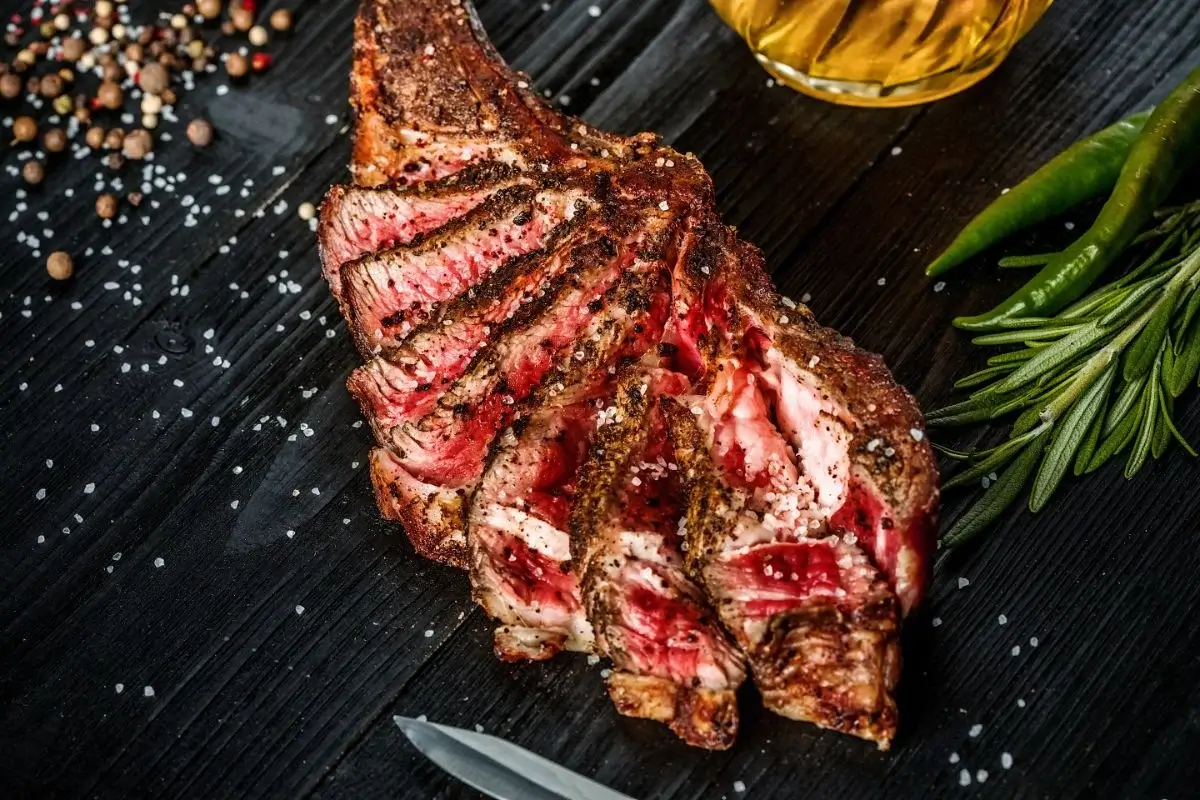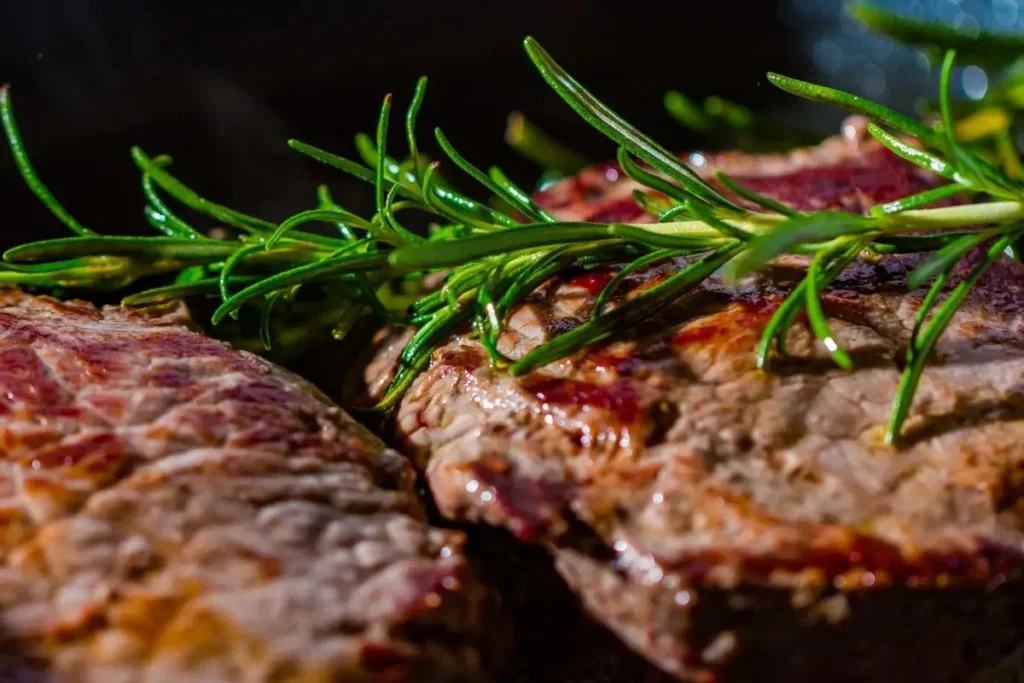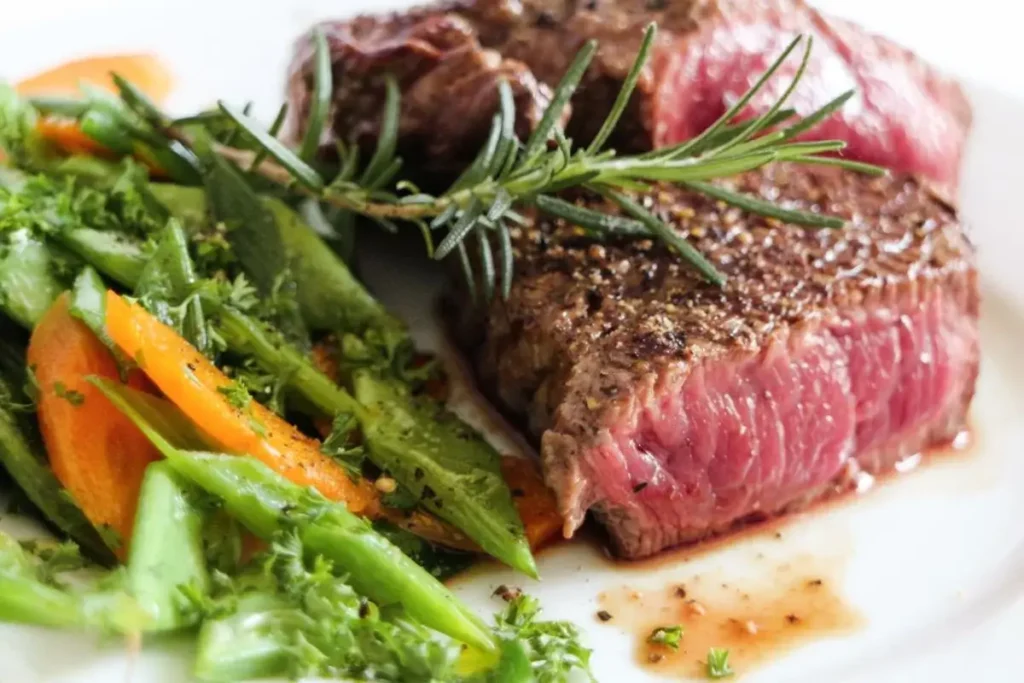Ever found yourself staring at the butcher’s display, eyeing those wallet-friendly cuts and wondering how you can transform them into a succulent meal? Well, you’re in for a treat! This comprehensive guide dives into the nitty-gritty of making cheap steak tender. From choosing the right cut to cooking it to perfection, we’ll cover all the bases to help you turn a budget-friendly option into a dinner-worthy delight. Whether you’re a seasoned chef or a culinary novice, these tips and tricks will ensure your steak is not just edible, but downright delicious.
Overview of Cheap Steak Tender Challenges
When you opt for the more economical cuts of beef, you’re often faced with a trade-off—price for tenderness. These cuts, like chuck, round, or skirt steak, typically come from the more muscular parts of the animal, resulting in a tougher piece of meat. But don’t let that deter you! With the right preparation and cooking techniques, these cuts can be just as delectable as their pricier counterparts.
Choosing Your Steak: Not all steaks are created equal, especially when you’re pinching pennies. It’s crucial to know which cuts can become tender marvels and which should be avoided. The best bets for tenderizing are typically those that contain more connective tissues, like flank or chuck, as these can break down beautifully with the correct cooking methods.
Stay tuned as we delve deeper into the best practices for prepping and tenderizing your steak in the next part, where we’ll explore the initial steps of cleaning and prepping your steak. By following these foundational techniques, you’ll set the stage for a mouth-wateringly tender meal that won’t break the bank.
Choosing Your Steak
When your budget points you towards cheaper cuts, knowing which ones will yield the best results is half the battle. Not all inexpensive steaks are tough and flavorless; some just need a bit of TLC to bring out their best qualities.
Cleaning and Prepping Your Steak
Before you even think about cooking, proper preparation is key to tenderizing. Start by cleaning your steak thoroughly. Rinse it under cold water to remove any residual blood or grit, then pat it dry with paper towels. This simple step is crucial for ensuring your marinades and seasonings adhere properly and that you get that perfect sear.
Dry Brining with Salt
One of the most effective methods to tenderize steak is dry brining. This involves generously salting your steak and letting it sit, uncovered, in the refrigerator. The salt not only seasons the meat deeply but also breaks down the muscle fibers, making them less tough. For every pound of steak, use about 1 teaspoon of coarse kosher salt. Sprinkle it evenly on both sides of the steak and let it work its magic for at least an hour per inch of thickness.
The Role of Acids in Marinades
Lemon juice, vinegar, or natural tenderizers like pineapple or papaya juice can soften tough fibers. Balance is crucial; excessive acid can toughen meat, so blend with oils and herbs for a marinade that tenderizes and adds rich flavors. Let your steak marinate for a few hours in the fridge, turning it occasionally to ensure even coverage.
By cleaning and preparing your steak well and employing methods like dry brining and acidic marinades, you’re preparing for a tender, flavorful meal. Next, we’ll explore physical methods to further tenderize your steak, ensuring every bite is both enjoyable and affordable. Stay tuned for next section where we’ll pound and pierce our way to perfection!
Physical Tenderizing Cheap Steak Methods
Even after the right prep, some steaks might still need a bit more persuasion to become tender. This is where physical tenderizing techniques really shine.
The Art of Meat Mallets
Grabbing a meat mallet and giving your steak a good pounding is more than just a great way to release some pent-up stress; it’s a method proven to break down those stubborn muscle fibers. Lay your steak flat on a cutting board, cover it with a piece of plastic wrap to avoid splattering, and gently pound the meat, working from the center outward. This not only tenderizes but also evens out the thickness, ensuring a more uniform cooking process.
Scoring and Piercing Techniques
Another physical method to help tenderize your steak is scoring. Using a sharp knife, make shallow cuts across the surface of the steak in a crisscross pattern. This not only helps the steak cook more evenly but also allows marinades and seasonings to penetrate deeper. Similarly, piercing the steak with a fork can help in much the same way, allowing your flavorful marinades to seep into the meat, enhancing both the tenderness and the taste.
These physical methods are simple yet effective ways to make your steak more tender and enjoyable. They set the stage perfectly for the cooking process, where the right techniques can enhance the meat’s texture and flavor even further. In the next part of our guide, we’ll explore the best cooking methods to maximize tenderness, ensuring that your budget-friendly steak is as delicious as it is soft.
Cooking Methods That Enhance Tenderness
Once your steak is well-prepped and tenderized, the cooking method you choose can make all the difference. Here’s how to cook your steak to ensure it’s tender and full of flavor.
Slow Cooking to Perfection Cheap Steak Tender
Slow cooking is a foolproof way to transform tougher cuts of steak into melt-in-your-mouth meals. By cooking at a low temperature over a long period, the connective tissues in the meat break down without drying it out. This can be done in a slow cooker or by braising the steak in a low oven. Just make sure to keep the steak moist by adding a bit of broth or a splash of juice to the pot.
Sous Vide: The Precision Method
For those who love technology and precision, sous vide is your best friend. This method entails sealing your steak in a plastic bag and cooking it in a precisely controlled water bath. It guarantees your steak is cooked to your preferred doneness and remains incredibly tender, avoiding the risk of overheating and toughening the meat.
Grilling for Optimal Flavor
Grilling isn’t just for high-end steaks; with the right technique, you can achieve excellent results with cheaper cuts as well. The key is not to overcook. High, direct heat can sear the outside quickly, locking in juices, while allowing the inside to stay moist and tender. Marinating your steak beforehand can add an extra layer of protection against drying out, as well as infuse the meat with flavor.
By mastering these cooking methods, you’re well on your way to making a cheap steak tender and delicious. In the next part of our guide, we’ll explore some advanced techniques that can further enhance the tenderness and flavor of your steak.
Advanced Techniques
To further elevate the tenderness and flavor of your economical steak cuts, there are some advanced techniques you can employ. These methods leverage natural enzymes and dairy products to break down tough fibers gently.
Using Enzymatic Marinades
Enzymatic marinades use natural enzymes found in certain fruits like kiwi, pineapple, and papaya to tenderize meat. These fruits contain proteolytic enzymes that break down proteins, making the meat softer and easier to chew. To use this method, puree the fruit and mix it with a bit of seasoning before coating your steak. Let it marinate for a couple of hours, but not too long, as the enzymes are powerful and can make the meat mushy if left for too long.
The Impact of Dairy-Based Marinades
Dairy products such as yogurt or buttermilk are also excellent for tenderizing steak. The lactic acid present in these dairy products gently breaks down the proteins without toughening the meat. Additionally, the fat in dairy helps to add moisture and flavor. Coat your steak with plain yogurt or buttermilk, add some spices, and let it sit for a few hours in the refrigerator. This not only tenderizes the steak but also adds a rich, tangy flavor that enhances the meat’s natural tastes.
These advanced tenderizing techniques are perfect for those looking to get the most out of their budget-friendly steaks. By understanding and using these methods, you can ensure that even the cheapest cuts can be transformed into tender, flavorful dishes. Up next, we’ll answer some frequently asked questions that will help you perfect your steak preparation and cooking process. Stay tuned for next part, where we tackle common queries and provide expert tips for making your cheap steak tender every time!
FAQs about Cheap Steak Tender
In this section, we’ll address some of the most common questions about making cheap steak tender. These insights can help clarify doubts and provide you with additional tips to ensure your steak turns out perfectly every time.
How do you make steak soft and tender?
The key to making steak soft and tender is a combination of proper preparation and cooking. Begin by choosing the right cut, such as flank or chuck, which are more suitable for tenderizing. Use methods like salting (dry brining), enzymatic or dairy-based marinades, and physical tenderization with a meat mallet. Cook your steak using gentle methods like slow cooking or sous vide to keep it tender.
What is the secret ingredient to tenderize meat?
There are several effective ingredients for tenderizing meat, but one of the most powerful is salt. Salt helps to break down protein structures in the meat, making it softer. For a natural enzymatic approach, papaya, pineapple, and kiwi are excellent because they contain proteolytic enzymes that break down proteins.
How do you tenderize steak naturally?
To tenderize steak naturally, use mechanical methods like pounding with a meat mallet or scoring the meat’s surface. Natural enzymatic tenderizers like the juices from papaya, pineapple, or kiwi are also highly effective. Additionally, marinating the steak in acidic substances like lemon juice or vinegar can help to soften tough fibers.
How long to cook cheap steak?
The cooking time for cheap steak tender depends on the method used. For grilling or pan-frying, cook the steak until it reaches your desired doneness, typically a few minutes per side for medium-rare, depending on thickness. Slow cooking methods like braising or sous vide can take several hours but yield incredibly tender meat.
By answering these FAQs, you’ll be better prepared to handle various inexpensive cuts and learn the methods to tenderize them. In our guide’s conclusion, we’ll highlight the top practices and urge you to experiment with these techniques at home.
Final Thoughts on Cheap Steak Tender
We’ve covered a lot of ground in our guide to making cheap steak tender. From selecting the right cuts and preparing them correctly to employing both basic and advanced cooking techniques, each step plays a crucial role in transforming tougher, budget-friendly steaks into succulent, mouth-watering meals.
Summarizing the Best Practices
To ensure your steak turns out tender and flavorful, remember these key points:
- Start with the right cut—flank, chuck, or skirt steaks are excellent choices.
- Prepare your steak by cleaning, drying, and using methods like dry brining or enzymatic marinades.
- Employ physical tenderization techniques such as pounding with a meat mallet or scoring the meat.
- Cook your steak using methods suited to tough cuts, such as slow cooking or sous vide, to ensure it remains moist and tender.
- Don’t forget to rest your steak after cooking to allow the juices to redistribute throughout the meat, enhancing its flavor and tenderness.
Now that you have these tips and techniques at your disposal, why not put them to the test? Grab some budget-friendly steak cuts from your local market and start experimenting. Remember, the journey to perfect steak isn’t just about following recipes—it’s about understanding the hows and whys behind each method.
Discovering the best techniques for you can save money and amaze loved ones with tender steaks, despite their humble origins. So, whether grilling, sous vide cooking, or using the oven, let’s turn every steak, no matter its cost, into a tender delight.



